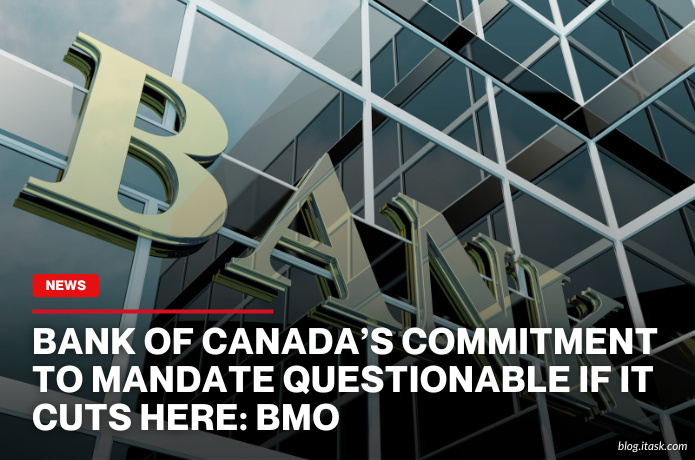Bank of Canada’s Commitment To Mandate Questionable If It Cuts Here: BMO
Bank of Canada’s Commitment To Mandate Questionable If It Cuts Here: BMO

Canadian inflation is officially “too high,” raising questions about the Bank of Canada’s credibility. In April, headline inflation fell to 1.7 percent, down from 2.3 percent in March, largely because the carbon tax was removed. That tax cut sharply reduced energy prices like gasoline, natural gas, and heating oil—a one-time shock that masked the true state of price increases.
But when you strip out volatile energy prices, inflation tells a very different story. Core inflation measures preferred by the Bank of Canada remain elevated. Excluding energy, the consumer price index (CPI) was 2.9 percent, and core CPI metrics topped 3 percent—well above the Bank’s 2 percent target and near or beyond its upper tolerance band.
In an investor report this week, BMO’s strategist Benjamin Reitzes warned that cutting interest rates under these conditions would undermine confidence in the central bank’s single mandate—keeping inflation under control. Markets might question whether the Bank is truly committed to that goal if it eases policy while core inflation remains sticky above its preferred band.
Until recently, many analysts expected the Bank of Canada would cut rates at its June meeting. But those expectations have fallen sharply. Now the odds of a cut are around 40 percent, although the elevated core inflation suggests caution is warranted. Cutting under these circumstances would be seen by some as reckless.
Economic forecasts aren’t offering much comfort either. BMO notes that growth may slow, and unemployment is rising toward cycle highs around 6.9 percent. There are also government policies—such as stimulus spending and tax changes—likely to boost demand and keep price pressures moving upward.
Taken together, the data suggests the Bank of Canada faces a tough choice. If it cuts rates now, despite clear signs of persistent inflation, it could lose its credibility on inflation control. On the other hand, delaying rate relief may weigh on growth and households. BMO highlights that policymakers may feel they can’t afford another misstep as long as core inflation sits above their tolerance threshold.
